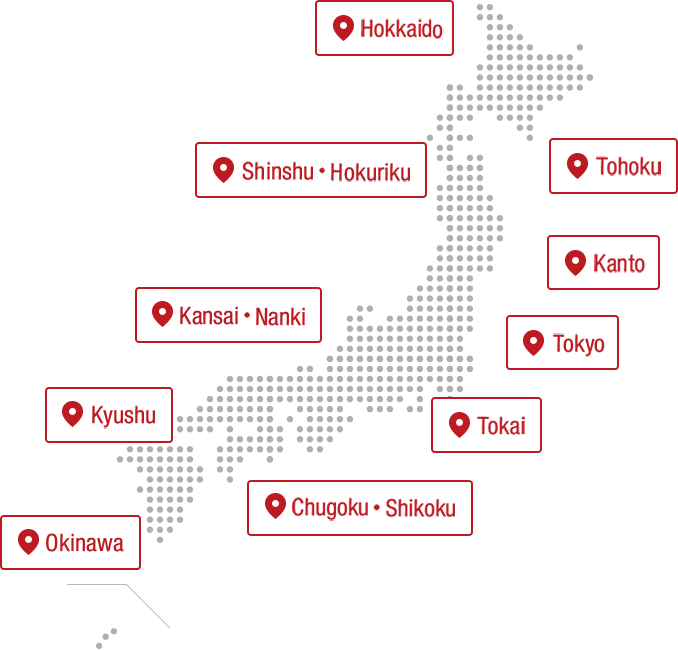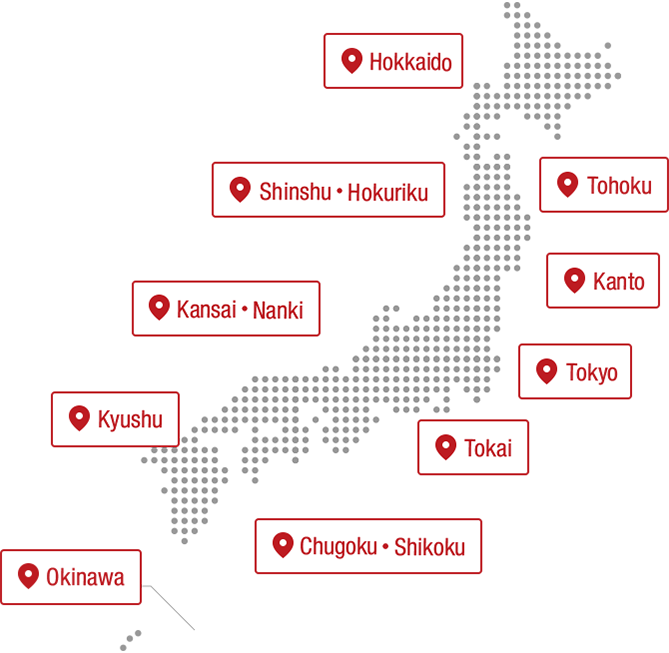The mysterious "blue" that colors Jiuzhaigou

When you think of the beautiful colors of Sichuan Province, the first thing that comes to mind is the fantastic scenery of Jiuzhaigou, a UNESCO World Heritage Site (natural heritage). This place, with more than 100 large and small lakes and ponds scattered in the mountains at an altitude of 2,000m to 3,400m, is one of the most beautiful and hidden places in Sichuan Province. The lakes and ponds, surrounded by lush virgin forests, are karst topography created by the erosion of limestone terrain. The surprisingly clear water of the lakes is created by the action of the limestone components that settle at the bottom of the lake. There are many famous spots scattered in Jiuzhaigou, such as Changhai, a large lake that spreads in the mountains at an altitude of about 3,100m, Wuhuahai, where fallen trees sunk to the bottom of the lake look like a work of art, and Shuzhenggunhai, where virgin forests surround the lakes and ponds that spread like rice terraces. Depending on the place, time of day, and season you visit, you can enjoy a variety of gradations of blue, such as indigo, ultramarine, and navy blue. Come and see for yourself the mysterious colors that symbolize Sichuan Province.
Yellow Gorge: Huanglong

Huanglong, which was registered as a World Heritage Site (natural heritage site) in 1992, is known as one of the most scenic spots in Sichuan Province along with Jiuzhaigou. Located in the mountains of the Minshan Mountains, Huanglong is one of the world's leading karst topographies, and is a place where you can view large travertine terraces created by the accumulation of limestone. It is said that the name "Huanglong" comes from the fact that the yellowish rock surface looks like a dragon. If you walk along the promenade that leads from the "Yingbin Colored Pond" at an altitude of about 3,200m to the "Five Colored Pond" at an altitude of about 3,600m, you will be able to enjoy the beautiful contrast between the yellowish rock surface and the emerald green sparkling water surface. Other highlights include the sacred sites of "Huanglong Back Temple" and "Huanglong Middle Temple", which were founded during the Ming Dynasty. The promenade takes about four hours round trip, but be careful of altitude sickness due to the high altitude. Take your time and enjoy the spectacular views at a comfortable pace.
The "green" of the forest surrounding Mount Emei and the Leshan Giant Buddha

Mount Emei and Leshan Giant Buddha are World Heritage sites (mixed heritage sites) located southwest of Chengdu, the capital of Sichuan Province. Mount Emei, with an elevation of about 3,099m, has long been revered as a holy place for Taoism and Buddhism, and is one of China's three major sacred mountains and four major Buddhist mountains. The sacred area, with 26 temples scattered throughout the vast mountains, has preserved beautiful nature since ancient times and is known for its unique ecosystem. The Leshan Giant Buddha, whose construction began in 713 and was completed in 803 after 90 years, is also a sacred place that has attracted people's faith since ancient times. The cliff-carved Buddha, about 71m tall, is carved into the cliff of Mount Lingyun and is enshrined as if surrounded by trees on the mountainside. From spring to summer, when the green of the trees shines vividly, Mount Emei and Leshan Giant Buddha are particularly beautiful. You can enjoy the weight of history that has been accumulated in this sacred place and the majestic nature to your heart's content.

"White" and "Black" Encounter at the Giant Panda Reserve

Meeting cute giant pandas is one of the highlights of traveling to Sichuan Province. The "Sichuan Giant Panda Conservation Areas", which was registered as a World Heritage Site (natural heritage) in 2006, is a panda paradise consisting of seven nature reserves and nine natural parks. It is believed that more than 30% of China's wild pandas live in this area. In addition, within the vast conservation area, there are rare animals such as red pandas, snow leopards, and clouded leopards as well as giant pandas. Research facilities such as the "Chengdu Giant Panda Breeding Research Base" are actively engaged in conservation activities such as artificial breeding of giant pandas, and there are also places where you can enjoy taking commemorative photos with pandas. An encounter with the "white" and "black" unique to Sichuan Province is sure to be a wonderful memory of your trip.
The "red" flavor of Sichuan cuisine stimulates the appetite

A journey through the beautiful "colors" of Sichuan Province. To conclude the journey, we would like to introduce the "red" of Sichuan cuisine. Even in China, where diverse food cultures thrive, Sichuan cuisine is characterized by its heavy use of spices such as chili peppers and Sichuan pepper. Most of the dishes that represent Sichuan Province, such as mapo tofu, dandan noodles, and spicy chicken, are colored in the vibrant "red" color of chili peppers. These dishes are surprisingly spicy at first, but the more you eat them, the more you will be captivated by the deep world of spices! Please enjoy the beautiful "red" that decorates your table along with the stimulating flavors of authentic Sichuan cuisine.
Comment
Sichuan province is dotted with scenic spots at altitudes over 3,000m, such as Jiuzhaigou, Huanglong, and Mount Emei. Even in summer, the minimum temperature at high altitudes can drop below 10°C, so be sure to dress warmly! Also, be sure to plan your trip with ample time to prevent altitude sickness.
The contents published are accurate at the time of publication and are subject to change.












